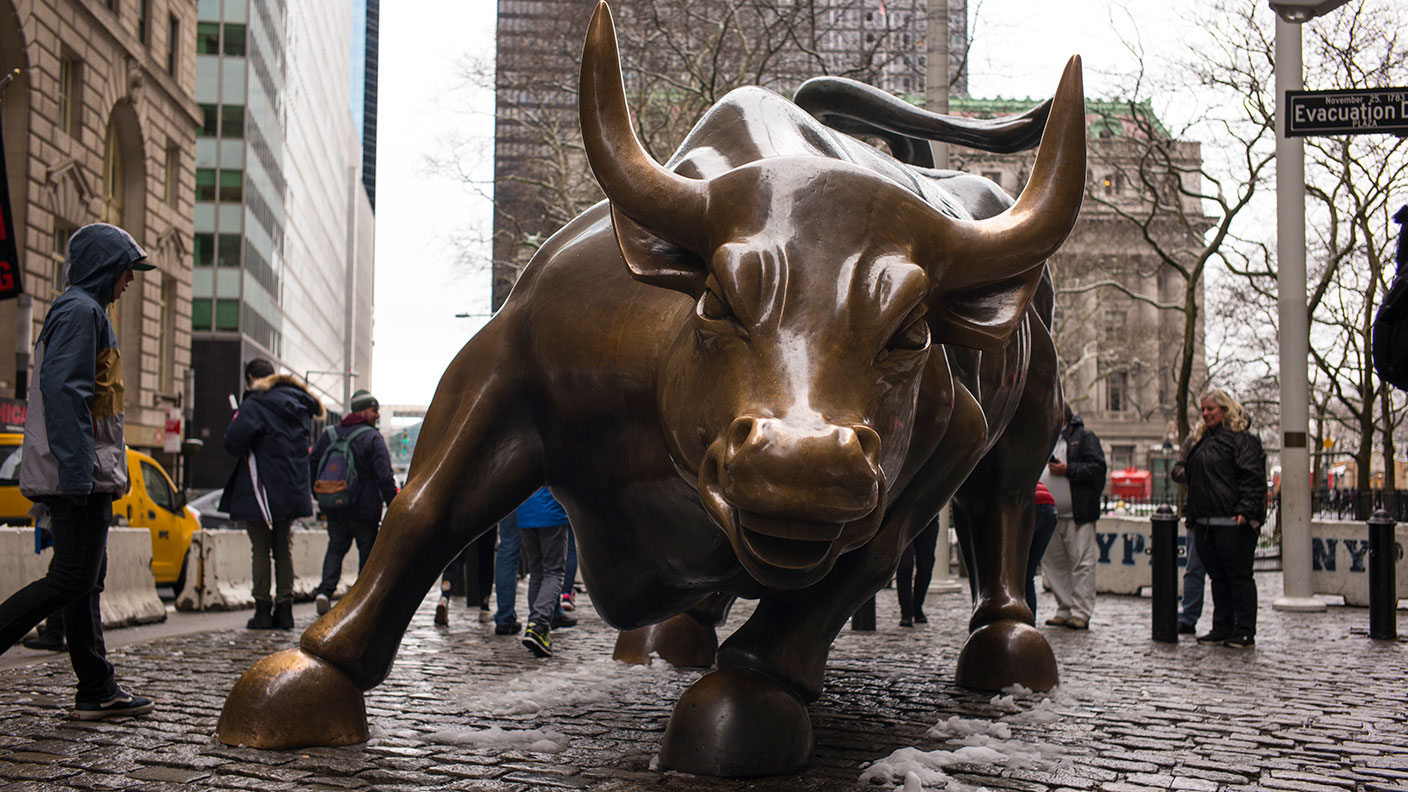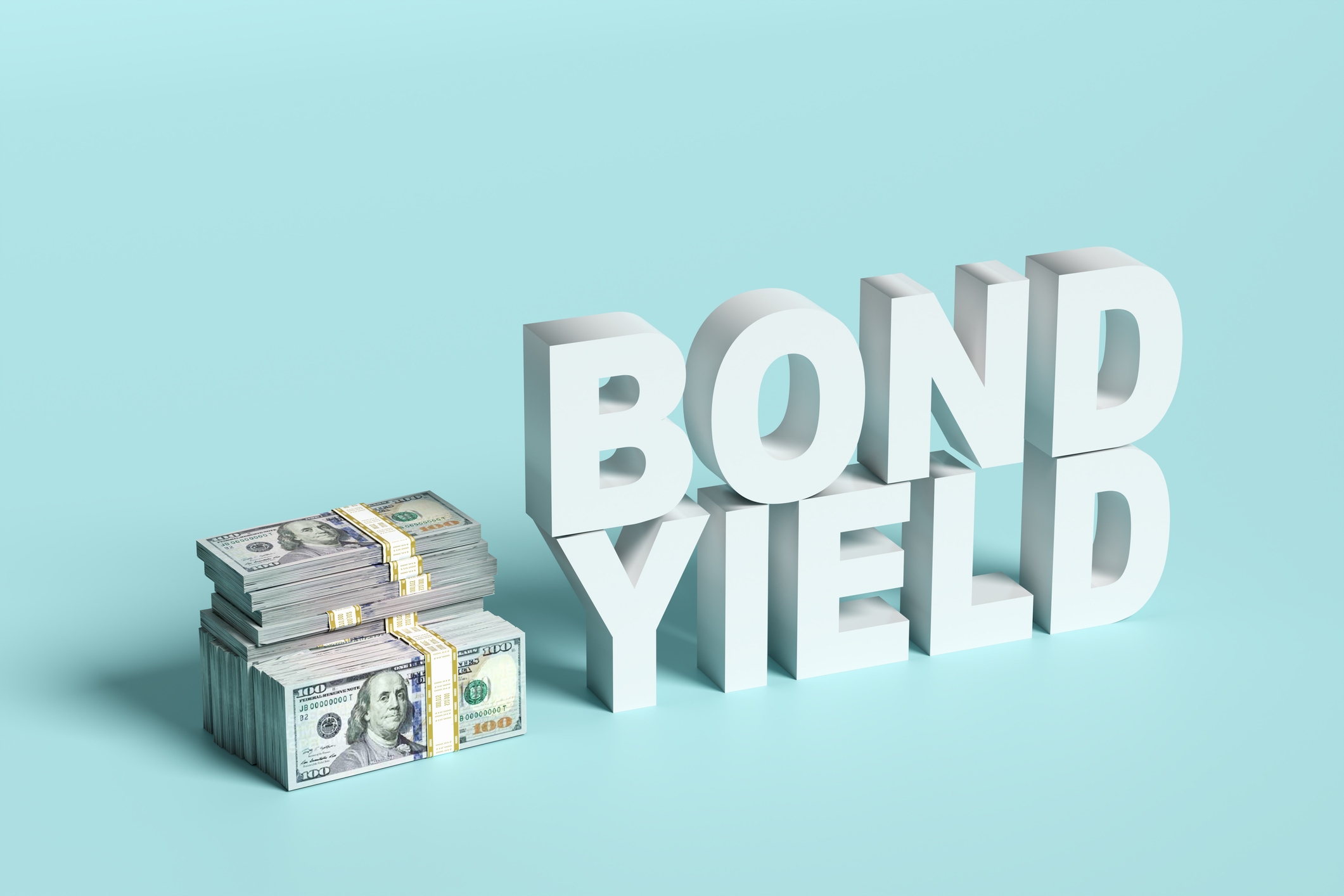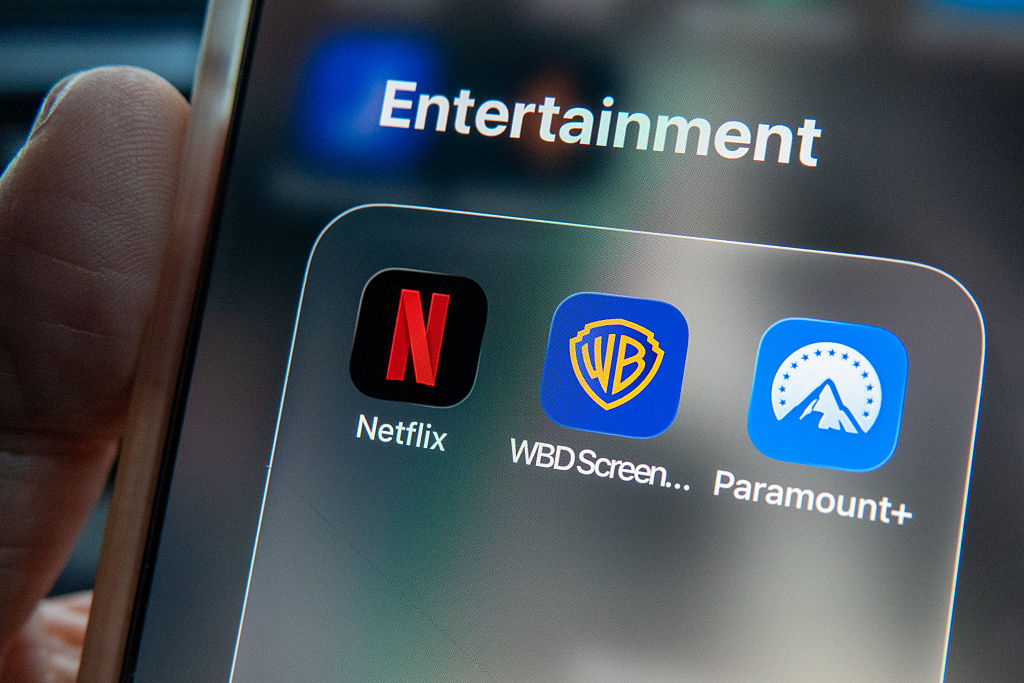Beware: things are not normal
With markets are all over the place, it is hard for investors to know what to do. But there is a strong chance that the assets that have done well over the last few years won’t do the same over the next few.


This is not a normal environment – and there is no reason to think it should be. The last decade has seen a variety of extraordinary monetary experiments and the last two years have jumped every possible shark. We’ve seen rolling economic shutdowns, a new level of quantitative easing (QE), helicopter money, insanely-low interest rates, the biggest recession ever, and of course, the biggest recovery ever.
We’ve watched vast fortunes being made in tech stocks and in cryptocurrencies – and of course, in housing. Now we have supply crunches, the (fast) return of inflation, a shift in power from capital to labour, and one hell of a pivot from behind-the-curve central banks. With all that in mind you should not be particularly surprised that markets are all over the place, or for that matter that seeing through the noise is tricky.
It is hard to know what to do. However there is one thing it is increasingly clear that you should not do – and that is to retreat to the perceived safety of the assets that have done you well over the last few years. There is a strong chance they won’t do the same over the next few. Which assets do I mean?
MoneyWeek
Subscribe to MoneyWeek today and get your first six magazine issues absolutely FREE

Sign up to Money Morning
Don't miss the latest investment and personal finances news, market analysis, plus money-saving tips with our free twice-daily newsletter
Don't miss the latest investment and personal finances news, market analysis, plus money-saving tips with our free twice-daily newsletter
First up is US stocks and tech stocks in particular. Keeping too many of these, says Ben Inker of GMO, is likely to be the first big mistake investors make in 2022. Their outperformance in 2020 and 2021 cemented the idea that they are the lowest-risk, highest-return version of equities ever – and recent volatility aside, a safe long-term option. But their outperformance has also made the US expensive – and so remarkably unsafe. You would be better, says Inker, to cut your US exposure and move into China and emerging market equities (much cheaper).
Beware frothy valuations
Next is private equity and venture capital. Those worried about the future might see that some institutions have made fortunes here and pile in too. There are all sorts of problems with this (the difficulty of selling private assets in tricky times being an obvious one). But the key thing is price: valuations are “frothy” – too frothy to compensate for the risks. Remember too that the exit route for private equity (the bit where you get the money) is via public markets. If public markets aren’t prepared to pay as much for growth as they were (that’s why tech stocks are falling) private equity valuations obviously have to fall too. This is not a safe place to be.
Third is US bonds. When markets fell in early 2020, US Treasuries were “wonderfully protective.” But the main reason bonds outperform in bad times is because central banks can and do cut rates into the downturn. This option wasn’t available in the likes of Switzerland and Sweden in 2020. The result? Their “previously reliable defensiveness” was no longer available. That may now be the case with Treasuries. They protected you in 2020. They probably won’t in 2022.
Eagle-eyed readers will have noticed something here – the core problem with all these three things is price. A bond can only protect you if it isn’t already horribly overpriced. A very expensive growth stock can only keep making you money if investor perception of the value of that growth doesn’t change. A private equity investment can only make you money if you don’t overpay for it. You can only think that these things are safe if you think their price doesn’t matter. It usually does.
Get the latest financial news, insights and expert analysis from our award-winning MoneyWeek team, to help you understand what really matters when it comes to your finances.
Merryn Somerset Webb started her career in Tokyo at public broadcaster NHK before becoming a Japanese equity broker at what was then Warburgs. She went on to work at SBC and UBS without moving from her desk in Kamiyacho (it was the age of mergers).
After five years in Japan she returned to work in the UK at Paribas. This soon became BNP Paribas. Again, no desk move was required. On leaving the City, Merryn helped The Week magazine with its City pages before becoming the launch editor of MoneyWeek in 2000 and taking on columns first in the Sunday Times and then in 2009 in the Financial Times
Twenty years on, MoneyWeek is the best-selling financial magazine in the UK. Merryn was its Editor in Chief until 2022. She is now a senior columnist at Bloomberg and host of the Merryn Talks Money podcast - but still writes for Moneyweek monthly.
Merryn is also is a non executive director of two investment trusts – BlackRock Throgmorton, and the Murray Income Investment Trust.
-
 Investors will reap long-term rewards from UK equities
Investors will reap long-term rewards from UK equitiesOpinion Nick Train, portfolio manager, Finsbury Growth & Income Trust, highlights three UK equities where he’d put his money
-
 The graphene revolution is progressing slowly but surely
The graphene revolution is progressing slowly but surelyEnthusiasts thought the discovery that graphene, a form of carbon, could be extracted from graphite would change the world. They might've been early, not wrong.
-
 'Investors will reap long-term rewards from being bullish on UK equities'
'Investors will reap long-term rewards from being bullish on UK equities'Opinion Nick Train, portfolio manager, Finsbury Growth & Income Trust, highlights three UK equities where he’d put his money
-
 The graphene revolution is progressing slowly but surely – how to invest
The graphene revolution is progressing slowly but surely – how to investEnthusiasts thought the discovery that graphene, a form of carbon, could be extracted from graphite would change the world. They might've been early, not wrong.
-
 A strong year for dividend hero Murray International – can it continue its winning streak?
A strong year for dividend hero Murray International – can it continue its winning streak?Murray International has been the best-performing global equity trust over the past 12 months, says Max King
-
 The shape of yields to come
The shape of yields to comeCentral banks are likely to buy up short-term bonds to keep debt costs down for governments
-
 The sad decline of investment clubs – and what comes next
The sad decline of investment clubs – and what comes nextOpinion Financial regulation and rising costs are killing off investment clubs that once used to be an enjoyable hobby, says David Prosser
-
 How to profit from the UK leisure sector in 2026
How to profit from the UK leisure sector in 2026The UK leisure sector had a straitened few years but now have cash in the bank and are ready to splurge. The sector is best placed to profit
-
 Who won the streaming wars?
Who won the streaming wars?The battle of the TV and film streaming giants for dominance looks to be entering a final phase. The likely winner may surprise you, says Simon Wilson
-
 'Investors should expect a good year for equities'
'Investors should expect a good year for equities'Opinion The economy is positive, and investors are still cautious, says Max King
